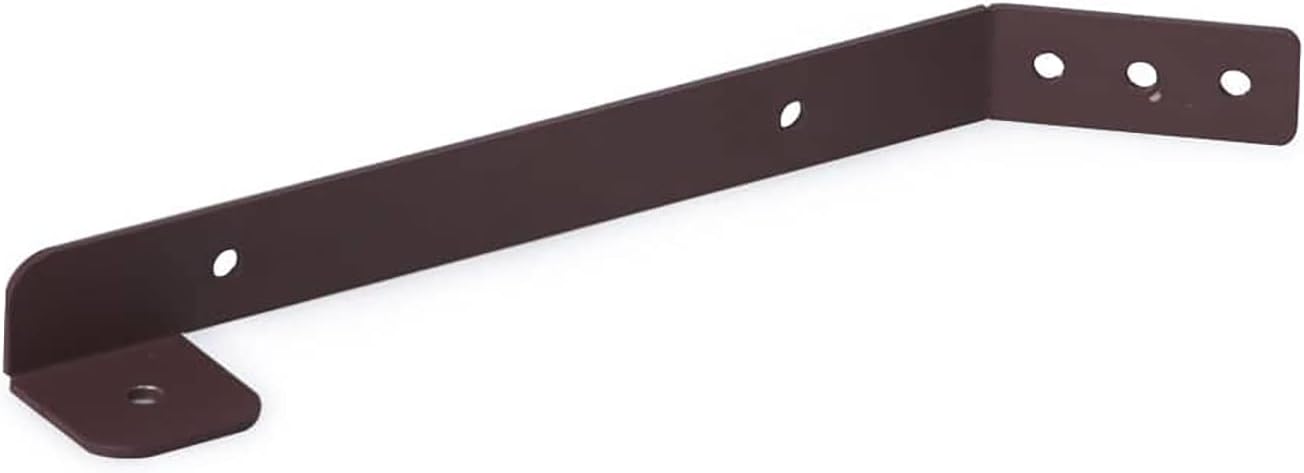For years, birdwatching has been a beloved hobby, a relaxing escape into the natural world. But now, technology is transforming the way we observe and understand our feathered friends, opening up exciting new avenues for citizen science and conservation efforts. Enter the bird feeder with a camera – a seemingly simple device that’s proving invaluable in contributing to a deeper understanding of avian populations, behavior, and the challenges they face.
Beyond Backyard Birding: The Power of Data Collection

While enjoying the colorful spectacle of birds visiting a backyard feeder is a pleasure in itself, strategically placed feeders equipped with cameras offer a wealth of data beyond casual observation. High-resolution images and videos provide detailed records of species visiting the feeder, their feeding habits, and interactions with each other. This information, when aggregated and analyzed, provides valuable insights into various aspects of bird ecology and conservation.
Monitoring Population Trends:
By consistently recording the species and frequency of visits, bird feeder cameras contribute to long-term monitoring of bird populations. This data can be invaluable in detecting subtle population shifts, identifying declining species, and pinpointing areas needing conservation intervention. Citizen scientists can contribute significantly by sharing their recordings with ornithological organizations and research institutions. Such large-scale data collection surpasses the capacity of professional researchers alone.
Understanding Bird Behavior:
Beyond simple species identification, the cameras capture detailed behavioral data. Researchers can analyze feeding strategies, territorial disputes, courtship rituals, and parental care. This nuanced understanding of bird behavior allows for a more holistic approach to conservation, addressing factors beyond simple population numbers. For example, observing a decrease in chick survival might prompt investigation into habitat loss or pesticide exposure.
Identifying Threats and Diseases:
The high-resolution images and videos can reveal subtle signs of illness or injury in birds. This can be crucial in early detection of avian diseases, allowing for rapid responses to prevent widespread outbreaks. Similarly, cameras can record instances of predation or human disturbance, helping identify environmental threats to bird populations.
Choosing the Right Bird Feeder Camera System:

The market offers a variety of bird feeder camera systems, ranging from simple, affordable models to sophisticated setups with advanced features. Choosing the right system depends on your specific needs and goals. Consider the following factors:
Image and Video Quality:
High-resolution images and clear videos are crucial for accurate species identification and behavioral analysis. Look for systems with good low-light performance, especially for early morning and evening observations.
Connectivity and Storage:
Many systems offer cloud storage or local SD card storage. Cloud storage allows for easy access to recordings from anywhere, while local storage provides more privacy and eliminates dependence on internet connectivity. Consider the storage capacity and the ease of accessing and downloading recordings.
Night Vision Capabilities:
Many nocturnal bird species are active at night. Systems with infrared night vision capabilities are essential for comprehensive monitoring of all species visiting your feeder.
Durability and Weather Resistance:
The camera system should be able to withstand various weather conditions, including rain, snow, and extreme temperatures. A durable housing is essential for longevity and reliable performance.
Data Sharing and Citizen Science Initiatives:

The value of bird feeder camera data is significantly amplified when shared with relevant organizations and citizen science projects. Many platforms and research institutions actively seek contributions from citizen scientists. By submitting your recordings, you contribute to a larger pool of data used for broader ecological research and conservation efforts.
Ethical Considerations:

While bird feeder cameras offer significant benefits, it is crucial to employ them responsibly and ethically. Avoid attracting excessive numbers of birds that could lead to competition or spread of disease. Ensure the feeder and camera are placed in a location that minimizes disturbance to birds and their natural behaviors. It is also vital to respect local regulations and guidelines regarding wildlife observation and data collection.
Conclusion:
Bird feeders with cameras are bridging the gap between casual observation and scientific data collection, empowering citizen scientists to contribute meaningfully to bird conservation. By carefully choosing a system and ethically utilizing its capabilities, individuals can contribute valuable data to the broader understanding of avian populations, behavior, and the challenges they face. This blend of technology and nature offers a rewarding experience, enriching our understanding of the natural world while actively contributing to its preservation.


